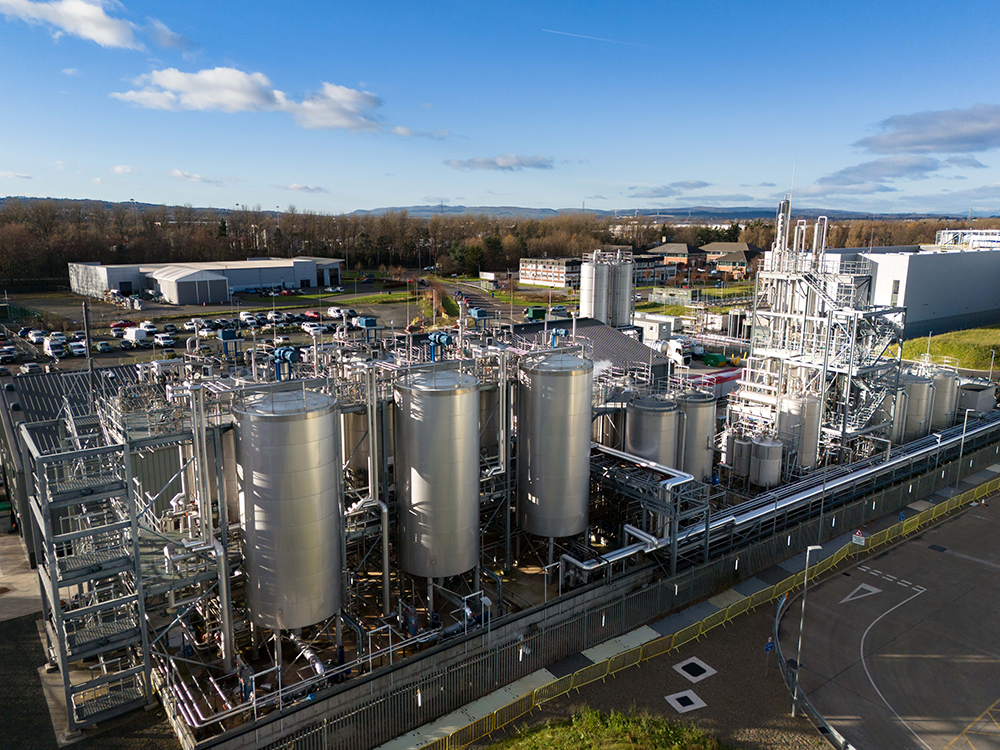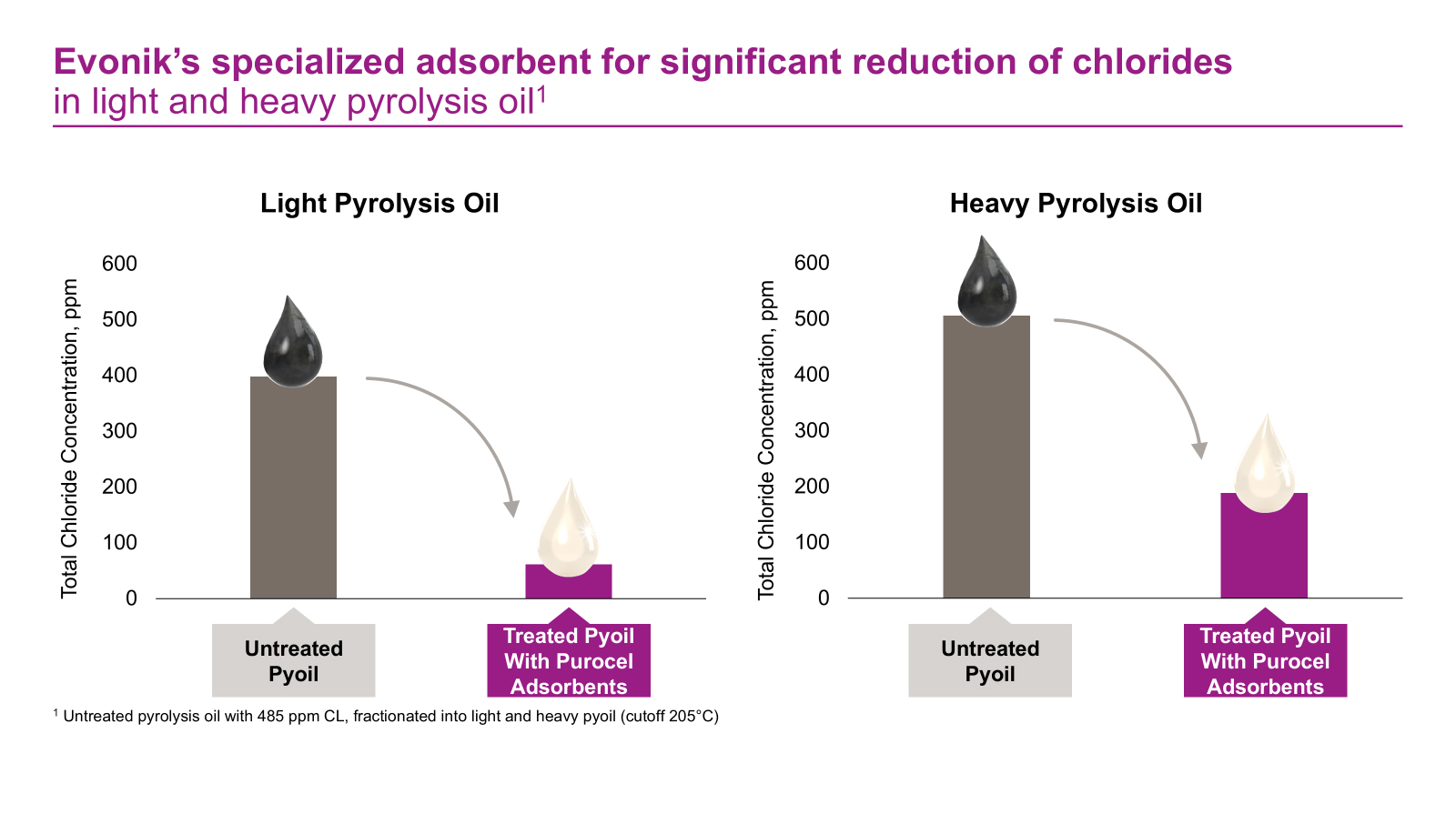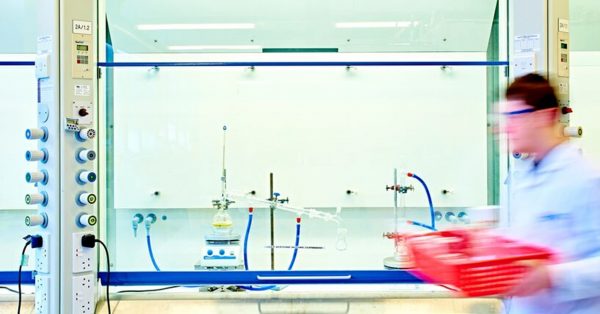CCUS: powering our industrial regeneration?
With £9.4 billion earmarked in funding, Carbon Capture, Usage and Storage (CCUS) has been positioned as a critical net zero tool, and a driver...
Green chemistry, grey areas – understanding patent protection for sustainable materials
Peter Youle, Senior Associate at Marks & Clerk, explains what green materials, production processes and formulations are (and aren’t) protectable under current IP law...
From boardroom scepticism to c-suite priority: the evolution of bio-based chemicals
Over the past three decades, sustainability in chemicals has gone from being a side note to a fundamental boardroom issue, says Bettina Brierly, Chief...
enaDyne plans to transform chemical production with non-thermal plasma catalysis technology
The Leipzig-based company pioneers fully electric, modular, non-thermal plasma catalysis reactors that convert CO2 into valuable chemicals while abating hard-to-treat emissions, offering a sustainable...
Pyrolysis oil: decarbonising petrochemicals one drop at a time
Nirav Shah, Global Director (Growth Fields, Re-refining, LNG/Gas processing) at Evonik, explores the integration of pyrolysis oil into refining and petrochemical processes, the hurdles...
Rubber recycling breakthrough could “slash” emissions
A UK company is believed to be the first plastic chemical recycling specialist to commercialise ‘char’, a byproduct of its TAC™ chemical recycling process.
Launched...
From compliance to competitive edge: why emissions reporting is a must for chemical sector
George Hudson, UK Business Development Manager for GoNetZero, explains why accurate emissions reporting is now essential for compliance and credibility.
Accurate emissions reporting is not...
Net Zero, Smarter: Flexible Energy Solutions
Discover how forward-thinking leaders are turning decarbonisation into a competitive edge
The UK chemical manufacturing sector remains a powerhouse of the economy,
underpinning around 96% of...
Red tape, green chemistry: Turning sustainability regs into a growth catalyst
Sustainability regulations are a make-or-break moment for the industry. However, instead of treating regulation as a cost center, what if chemical firms could use...
Industrial waste turned into world-first green chemistry
A major research centre to position the UK as a global leader in clean technology has been launched by the universities of Newcastle, Sheffield...

















